By Kerri Whatley and the TLS Team
For anyone who enjoys food and cooking, summer offers the finest ingredients—fresh local produce from the garden, farmers’ market, and grocery—to make any dish superlative. The key is to keep things simple and let the quality of seasonal ingredients shine through. It’s so easy, enjoyable, and affordable to indulge your cravings for fresh fruits and vegetables this time of year.
Peaches
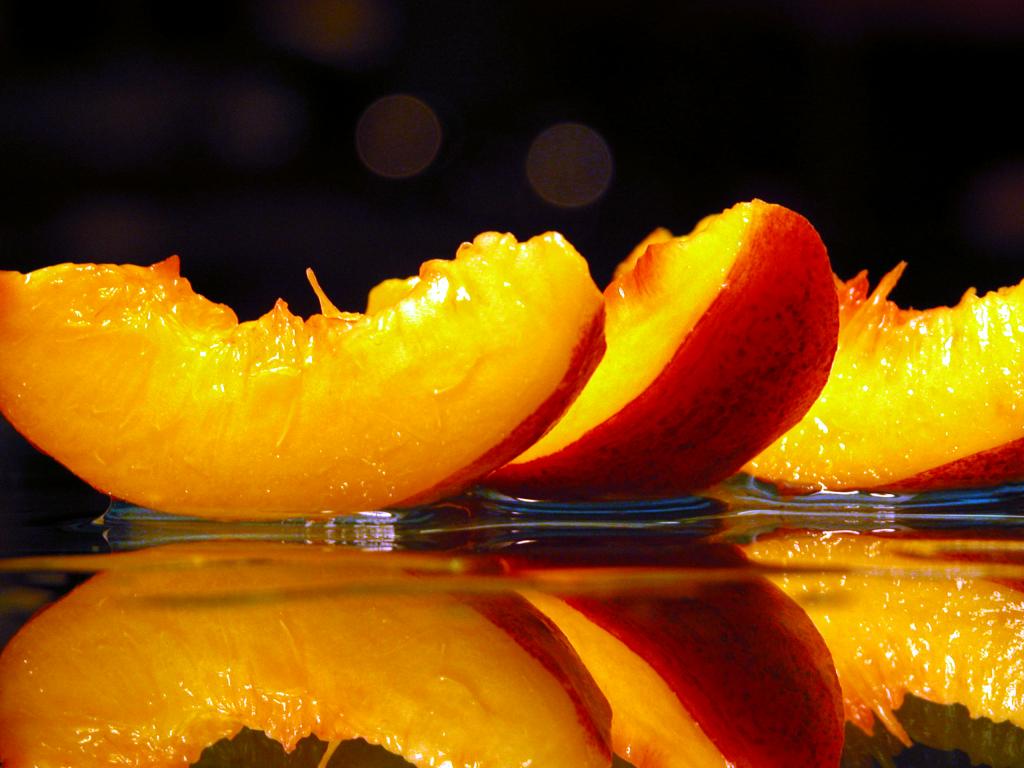
Courtesy of nycityeats.com
The state fruit of Georgia, peaches are in season from May to late September. To select, look for fruit that is firm; with a taut, unblemished skin; and no signs of bruising or wrinkles. If you smell peaches when you walk up to the stand, you know they are ripe.
Plums
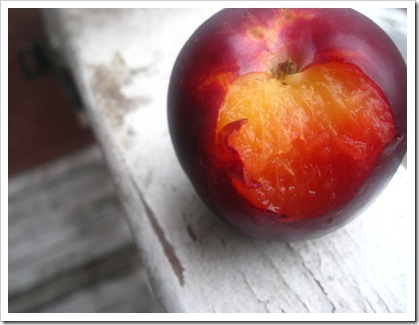
Courtesy of forkingdelicious.blogspot.com
A plum’s skin is tart and a little rough, yet its flesh is sweet, soft, and juicy. When you cook plums, something magical happens. The sweetness of the flesh, tartness of the skin, and spectrum of colors come together in harmony. To select, feel for plums that yield slightly to the touch; but don’t squeeze them. Let the fruit sit in your palm. It should give a little. If you buy firmer fruit, though, don’t put it in the refrigerator or the kitchen window—put it in a paper bag in a dark place for a day or two. After the plum is picked, the sugar level remains the same, but the acidity falls, so it only seems sweeter.
Basil
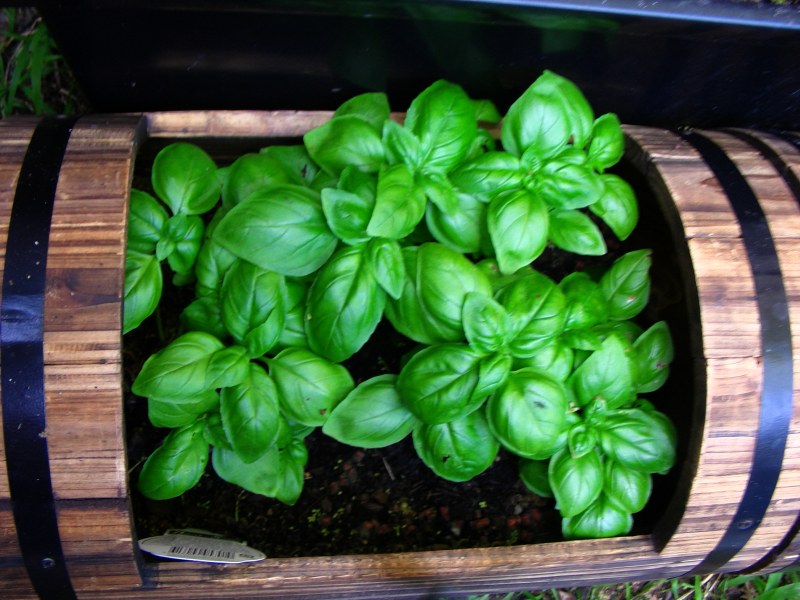
Courtesy of vendio.com
There are more than 60 types of basil, all members of the mint family. Basil is available year-round in supermarkets, but summer is the herb’s best season. To select, look for basil that isn’t wilted and doesn’t have dark spots. And if you’re growing your own, be sure to harvest it on a sunny day, as the sun will bring out the essential oils that won’t be present otherwise.
Figs
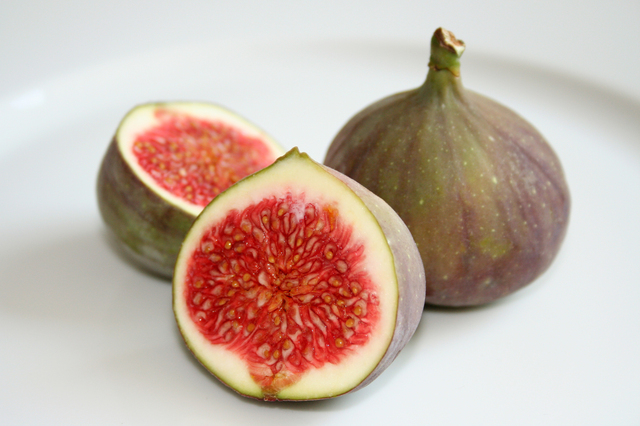
Courtesy of botanicalfeast.com
Keep figs stored in a perforated plastic bag in the refrigerators produce drawers, where moisture levels are higher. Figs require little work. Simply give them a good rinse, pat dry, trim the stems, and enjoy.
Tomatoes
Heirloom is a term used to describe any tomato plant that’s openly pollinated (by wind and bees) and has been cultivated for more than 50 years. Seeds from the best plants are saved at the end of the growing season for future use. They come in many shapes and sizes—from the two-pound beefsteak to cherry tomatoes as tiny as currants. Because they ripen on the vine and are not stored under refrigeration, heirlooms are more likely than hybrids to have succulent flesh. But they vary in texture, running the gamut from firm, and barely seedy to soft and moist. Some seem at once juicy and firm.
Eggplant
Store eggplant on the countertop—not in the refrigerator. Choose a spot that’s away from direct sunlight. Choose a container that allows for circulation, like a vented bowl or perforated bag. Peeling a standard globe or Japanese eggplant is optional. Leave the skin intact for contrast, or remove it for a paler look.
Zucchini
Summer is the perfect time to savor just-harvested zucchini. It’s peak season is June through late August, but you may see zucchini in markets in some regions year-round. With its slightly curved cylinder-like shape, this green summer squash is perfect for blending with other ingredients or in simple preparations highlighting the taste of fresh herbs. Because zucchini has a high water content, it doesn’t require much cooking; raw, it adds nice texture to a salad of greens or a crudités plate. Like its yellow summer squash counterpart, zucchini is also a good source of vitamins A and C, and fiber.
Summer Squash
Unlike winter squashes, such as butternut or acorn, summer squash has edible skin and seeds. The most common summer varieties are yellow squash (also called crookneck), patty pan squash, and zucchini. Whether you’re gathering them from the backyard or from the supermarket produce bins, choose small, firm squashes with bright-colored, blemish-free skins.
Blueberries
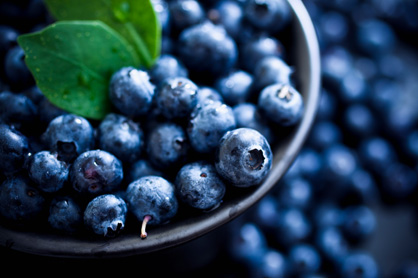
Of all the popular summer fruits, blueberries have an advantage, nutritionally speaking. They’ve earned the distinction of one of the most potent source of antioxidants, which help counteract heart disease, cancers, and other types of illnesses. Blueberries are also full of fiber and high in vitamin C. To pick the best of the crop, look for powder-blue berries that are firm and uniform in size. Store them in a single layer, if possible, in a moisture-proof container for up to five days, and don’t wash until you’re ready to use them.



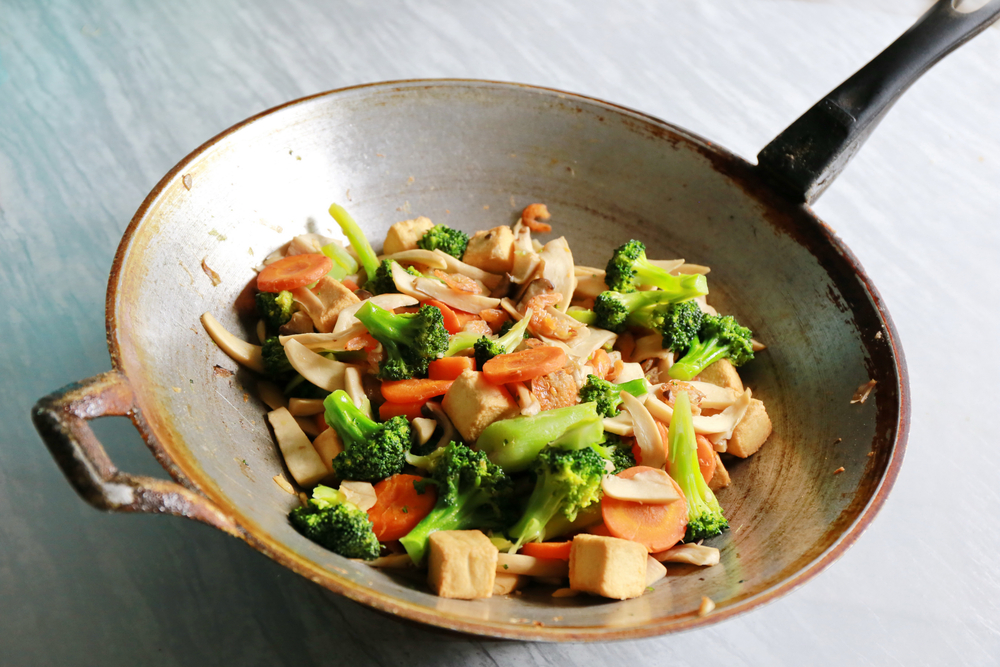
Comments (0)